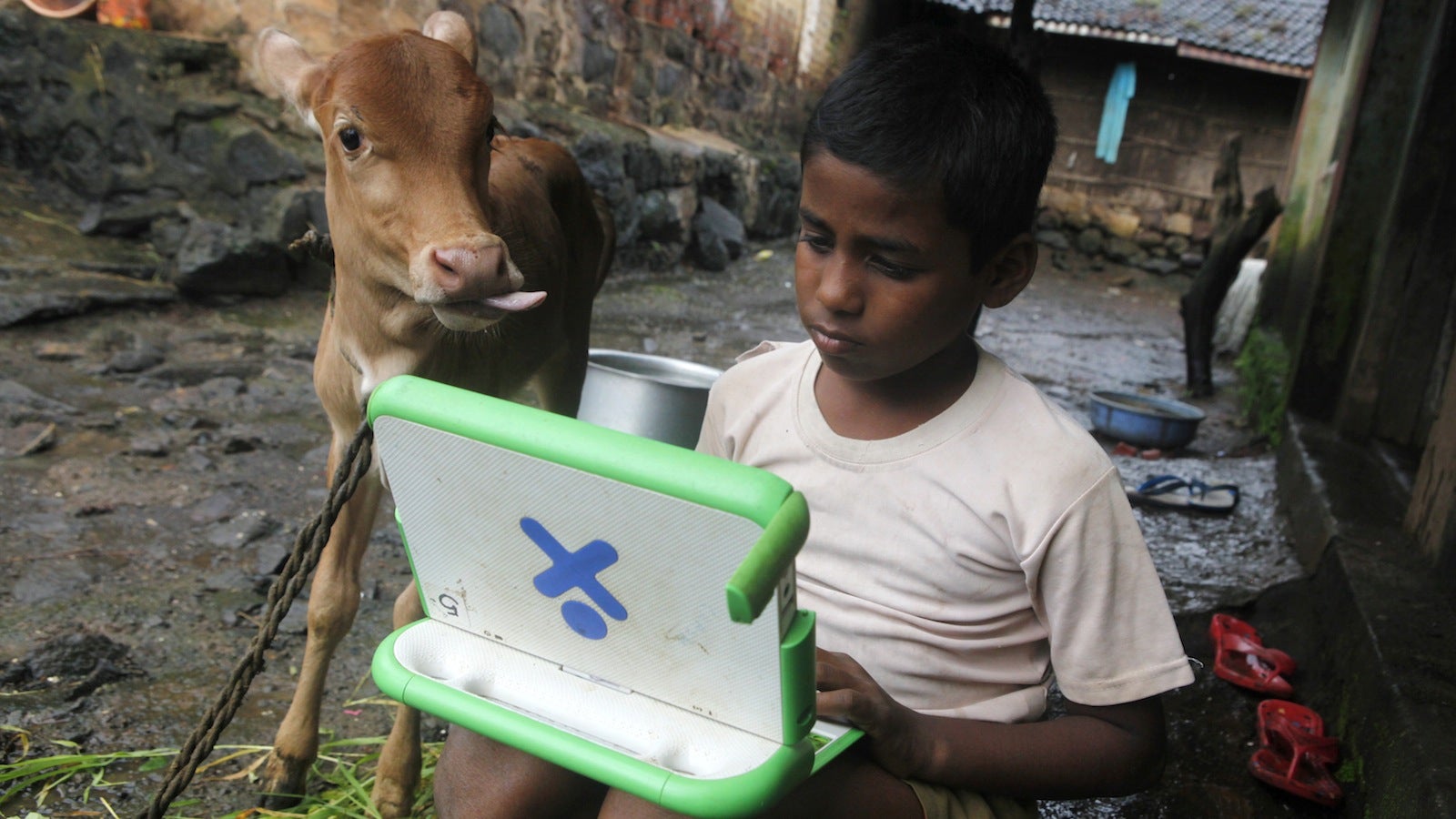Here’s what you need to know to launch a website in India
India’s IT industry is globally renowned and the country has a well-deserved reputation for exporting top technical talent to the developed world. But in India, Internet penetration has been very low.


India’s IT industry is globally renowned and the country has a well-deserved reputation for exporting top technical talent to the developed world. But in India, Internet penetration has been very low.
Until recently it hovered at around 10 to 15%, leaving around a billion Indians without access, inevitably those with lower levels of education and smaller incomes. In other words, the ones who’d benefit the most from the information and opportunities available on the Internet.
But consider India’s problems. Some might argue that there are bigger issues than a lack of broadband. Three hundred million don’t have electricity and a similar number are illiterate. Half the population doesn’t even have a toilet at home.
The arrival of cheap cell phones has already had a dramatic impact on India. Its landline network was pretty useless for a lot of people: expensive, bureaucratic, cumbersome and unreliable. Now everyone’s got a mobile, including those without a regular power supply, those who can’t read and even the ones without a toilet. None of that is a prerequisite for owning and using a cell phone.
Now, smartphones are now within touching distance of mass affordability. Where wired internet still does not exist, i.e. most of India, mobile networks are filling the gap. According to recent estimates, there will be around 350 million smartphone users in India by the end of 2014.
But at the moment, not all of these low-end smartphones are connected to the Internet, because a lot of the available content and platforms are simply not designed for the people buying the devices. Many people don’t yet have a compelling enough reason to fork out the extra rupees.
Any mobile strategy in India must therefore take a two-pronged approach: in the short term, a platform must be light and simple enough to work on India’s current smartphones and networks, while developers simultaneously prepare for the inevitable modernisation of India’s digital infrastructure in the longer term.
I spent a year as a Nieman-Berkman Fellow in Journalism Innovation at Harvard, trying to understand how news will fit into this enormous new digital ecosystem.
The most successful content and platforms in India, like anywhere else, demonstrate a deep understanding of their audiences, and these are the key design challenges:
Language–only around 10% of Indians are fluent in English, so these new mobile internet users are instead likely to communicate in one of India’s 22 major languages (or more accurately, in one of countless dialects).
Literacy–25% of the country is illiterate so we have to be careful about text. But many people still use these devices for music and photos. Digital literacy is an additional challenge.
Low-end tech–these are not iPhones on 4G. They mostly run on old versions of Android. Videos often fail to load, and the connection itself can be erratic.
Low attention span–smartphone users spend far more time on social media, entertainment and practical necessities like mobile money, than on news. We will need to figure out a way to make news engaging, necessary and shareable.
Since most Indian users seem unlikely to go directly to news sites, we will need to go to the platforms they use most. The immediate future—and greatest opportunity—is with chat apps like Whatsapp (70 million users) and WeChat. They are in fact proper social networks that work well on low-end devices.
Media companies will address the challenges I’ve outlined above in different ways. The successful ones are likely to be those who can work out how to respond to users and build the right platforms, designed specially for this new, enormous, diverse audience.
This article first appeared in Berkman Centre for Internet and Society’s 2014 Internet Monitor Annual Report:“Reflections on the Digital World.” Follow Hasit on Twitter @HasitShah.